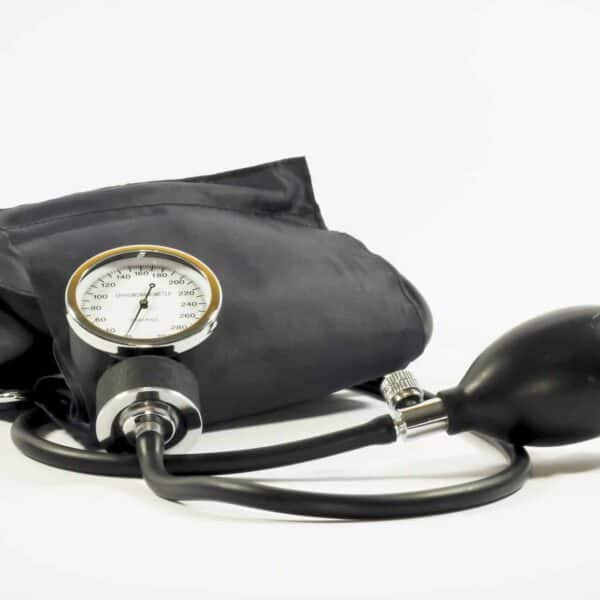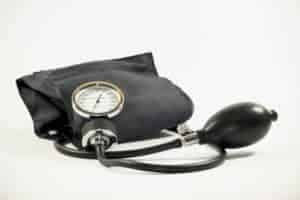
High Blood Pressure and Your Eyes
September 26, 2019


If you have high blood pressure or high cholesterol, you might be curious as to why we always ask how your numbers have been doing recently. Both high blood pressure and high cholesterol are vascular conditions that can cause permanent vision loss if left uncontrolled.
In 2017, the American Heart Association established a new definition for hypertension (high blood pressure). Hypertension was previously defined as blood pressure above 140/90, however, it is now considered to be anything higher than 130/80. If the top number is between 120 and 130, it is considered elevated blood pressure.
The number of people with hypertension has greatly multiplied under the new, more strict guidelines. By including the once “borderline” people in the definition of hypertension, the goal is to increase prevention of the disease. Rather than waiting until a person has significantly high blood pressure, physicians are encouraging healthy lifestyle changes sooner in the hope of decreasing the amount of people needing blood pressure lowering medications. Heart disease is the leading cause of death in the United States, so it is no surprise that physicians are trying to enhance preventative measures.
Uncontrolled blood pressure and cholesterol can have devastating consequences on the retina and worsens with the duration of uncontrolled disease. The retina is the only location in the entire body where the blood vessels can be directly observed. Therefore, the appearance of the arteries and veins inside the eyes can indicate what the blood vessels look like throughout the rest of the body.
Hypertensive retinopathy is an ocular condition that occurs when high blood pressure affects the retina. It begins with changes to the retinal blood vessels. Hypertension can bend and twist the blood vessels making them appear “tortuous”. The walls of the blood vessels also harden from cholesterol deposits and/or high blood pressure. When this happens to blood vessels in the retina, they can push on each other where vessels overlap. If one pushes down too hard on the other, it can burst, which causes bleeding or hemorrhaging in the retina. This can then lead to areas of damaged retina due to the lack of necessary blood supply.
Small amounts of blood can leak into the retina over time, which can threaten vision if located in the macula (part of the retina responsible for central vision). Lipids or fats can also be deposited throughout the retina, which similarly can threaten vision if in the macula. In severe emergency cases, the optic nerves can become swollen. This is a warning sign that a stroke could happen in the near future if it hasn’t already happened.
If hypertensive changes are present in the retina, the priority is to treat the underlying high blood pressure. Improving diet, increasing exercise, and taking blood pressure medications as prescribed are the best ways to decrease blood pressure. Unfortunately, optic nerve and macula damage can rarely be treated and usually result in permanent, irreversible vision loss.
Do you have high blood pressure or high cholesterol? If so, be sure to schedule your annual eye exam at Weber Vision Care. Prevention and early intervention are important factors to ensure healthy vision for many years to come.
Resources: